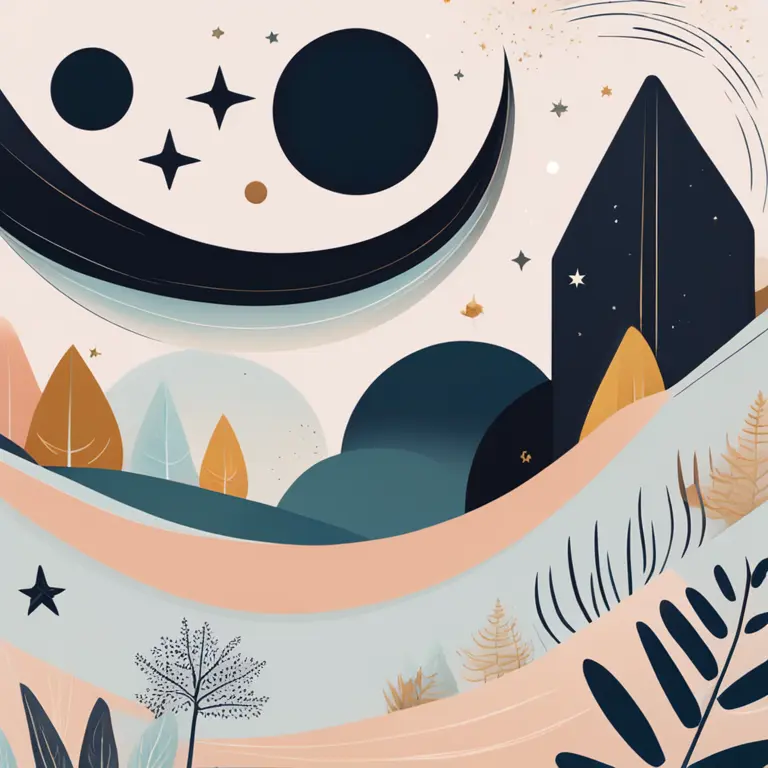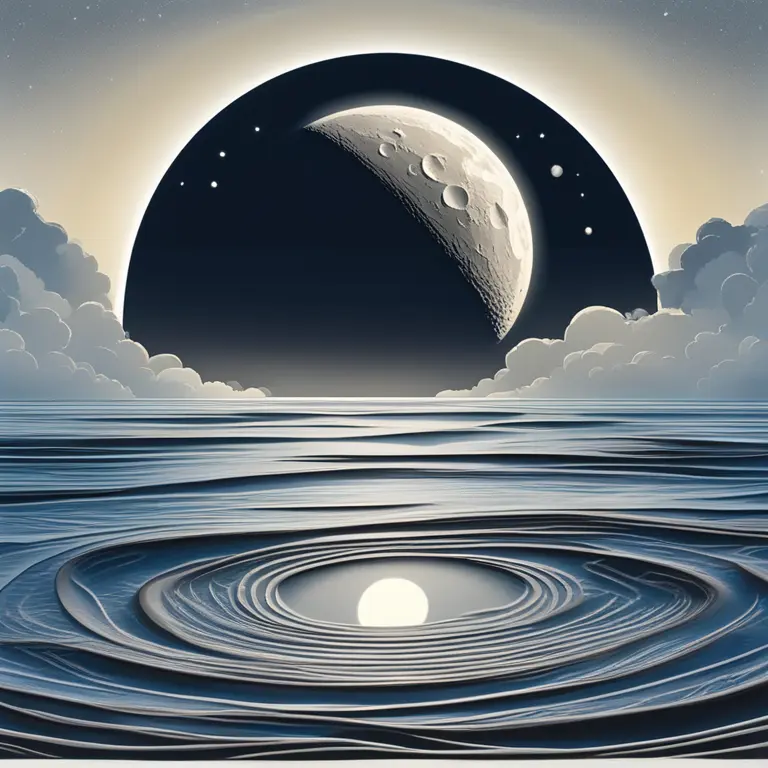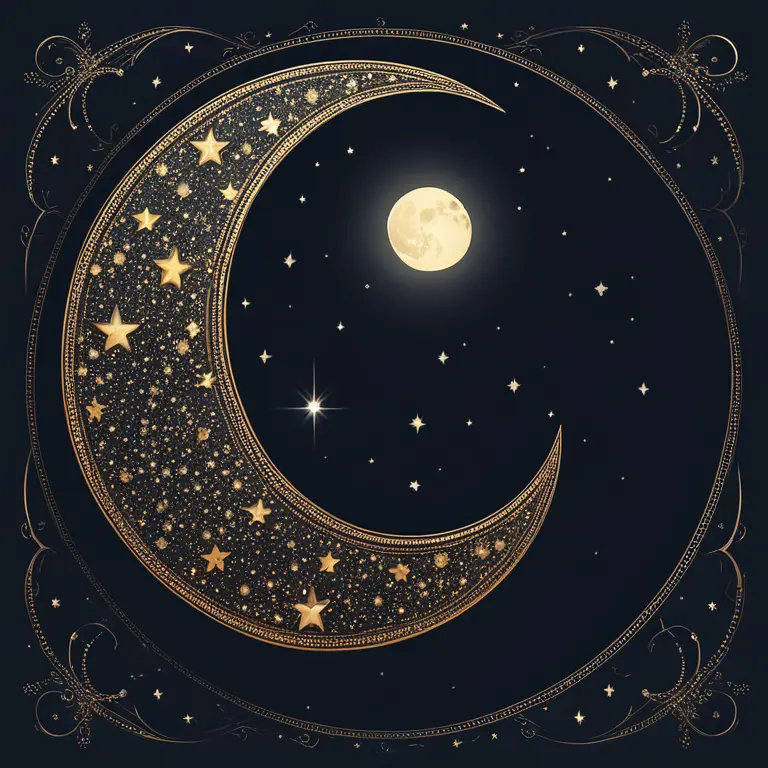
Optimal Moon Phases for Stellar Observation
Discover the best moon phases for a breathtaking stargazing experience and plan your next night under the stars.
article by Priya Deshmukh
The Magic of a New Moon
In the realm of celestial observation, the phase of the moon plays a crucial role in the visibility of stars. The optimal time for stargazing aligns with a New Moon, a phase where the moon is situated between the Earth and sun, leaving the night sky at its darkest. This absence of moonlight provides amateur astronomers and night sky enthusiasts with a pristine canvas to observe the faintest of stars and the most delicate details of the Milky Way. Furthermore, during a New Moon, elusive celestial phenomena like nebulae and galaxies emerge from the obscurity, offering a glimpse into the cosmic gallery overhead.

The Waxing Crescent's Gentle Glow
Following the New Moon, the Waxing Crescent phase presents itself, offering the second-best viewing conditions. Although the night sky begins to brighten with the crescent’s slight illumination, this gentle glow does not significantly compromise stargazing. Careful planning around this phase allows observers to catch sight of both the crescent moon and a variety of constellations. In this period, the fading twilight just after sunset gives way to darkened skies suitable for observing celestial wonders. As 2024 and onward brings advancements in stargazing technology, it also brings the promise of emerging stellar events best viewed during these lesser-light phases.

Quarter Moon Challenges
Halfway through the lunar cycle, the First Quarter Moon presents an increased challenge for stargazers. Its brightness, now half-illuminated, can cast a glare that obscures the finer points of the sky. However, seasoned observers can still enjoy a satisfactory stargazing experience by focusing on brighter objects like planets or by using filters. It's during these phases that one begins to appreciate the importance of dark-sky preserves, where minimal light pollution allows astronomers to continue their observations, despite the brighter lunar light.

Gibbous Moon: The Bright Prelude
As the moon waxes further into its Gibbous phase, its brilliance begins to overshadow the stars. The Gibbous Moon, though not ideal for stargazing, serves as a reminder of the moon’s impact on Earth's tides and the natural rhythm of life. Its light bathes the sky, offering a different kind of beauty that emphasizes our connection to the cosmos. Nevertheless, with the proper equipment and filters, dedicated observers can still salvage the experience by focusing on the moon’s surface rather than the stars.

Full Moon: The Night's Luminary
The Full Moon phase is a spectacle in itself, but it is the least opportune time for stargazing due to its intense brightness. During a Full Moon, the reflected sunlight turns night almost into day, drowning out the delicate twinkle of distant stars. While astrological predictions for 2024 and beyond suggest novelties in the night sky, the Full Moon period will steadfastly remain a time to appreciate the moon's own features rather than the surrounding stars. Observers are encouraged to explore the moon's vast seas (maria) and craters during this phase, saving darker nights for deep-sky delights.
Waning Phases and Renewed Darkness
The waning phases of the moon signal a return to more favorable stargazing conditions. As the moon shrinks back to a Waning Crescent, the resurgence of darkness beckons the stars to reappear more prominently each night. These phases present stargazers with increasingly opportune moments to observe the celestial tapestry in all its glory. Astrological forecasts for the upcoming years underscore this period as a time for new stargazing opportunities and celestial events that continue to draw eyes upward.
Published: 1/19/2024
Modified: 1/19/2024
More predictions
Come back here soon to learn more about yourself and your future


Moon Phase Soulmates: Cosmic Bonds in Love
Discover the enchanting connection between moon phases and soulmate relationships in this insightful article on cosmic synergy in love.


The Accuracy of Moon Phase Watches
Discover the precision of moon phase watches and their place in the intersection of timekeeping and celestial movements.


Are Moon Phases Universal?
Delve into the intriguing question of whether the moon phase is the same across all locations on our planet, and how this celestial phenomenon influences astrology and horoscopes.